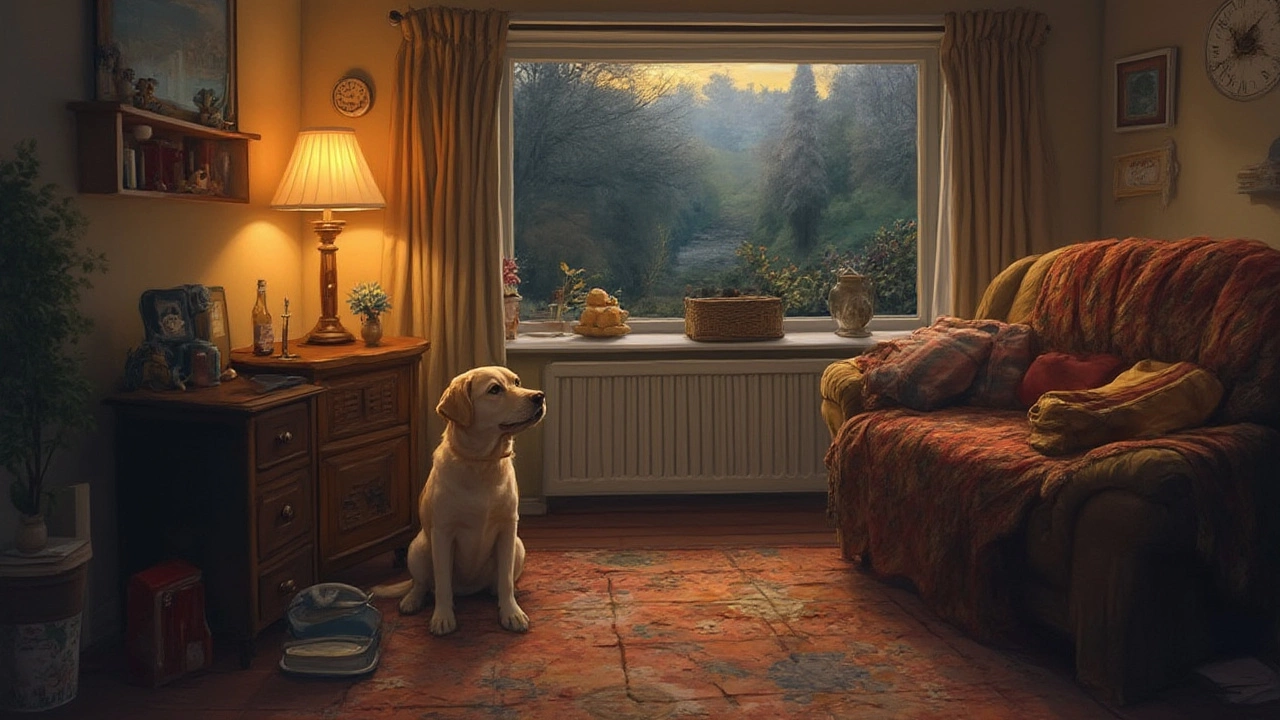Nighttime Dog Feeding: Simple Steps for a Calm, Happy Pup
Ever wonder why your dog seems restless after dinner? The answer often lies in how you handle the evening meal. Feeding your dog at night doesn’t have to be a guessing game. With a few easy tweaks you can set up a routine that helps your dog relax, sleep better, and stay healthy.
Pick the Right Time
The safest window for a night meal is about 30‑45 minutes before bed. This gives the food a chance to settle and avoids a full belly while your dog is lying down. If you usually feed at 7 pm, try moving the bowl to 7:30 pm and see how your pup reacts. Too early and they might get hungry again; too late and they could have trouble sleeping.
Consistency matters. Dogs thrive on patterns, so keep the feeding time the same every night. A steady schedule tells their body clock when it’s time to wind down, and you’ll notice fewer midnight trips to the kitchen.
Choose the Right Food
Not all dog foods are equal for nighttime. Wet food can be easier to digest, but it’s also higher in moisture, which may cause a full bladder. Dry kibble is lower in moisture but can be harder on the stomach if your dog has a sensitive gut.
A good middle ground is a high‑quality, protein‑rich dry kibble mixed with a splash of water or a spoonful of canned food. This combo gives a satisfying texture without overloading the digestive system.
If you’re feeding a special diet—grain‑free, senior, or weight‑control—stick to the vet’s recommendations. Adding a small amount of plain pumpkin or sweet potato can help with digestion and add a tasty bedtime treat.
Mind the Portion
Over‑feeding at night can lead to weight gain and an uncomfortable belly. Use the feeding guide on the bag as a starting point, then adjust based on your dog’s activity level and body condition.
A quick tip: measure the food with a scoop and keep a record for a week. If your dog is gaining a pound or more, shave a bit off the portion. If they’re still looking hungry, add a few scoops of low‑calorie veggies.
Build a Calm Routine
Feeding isn’t just about the bowl—it's part of a larger bedtime ritual. After the meal, give your dog a short walk or a gentle play session to burn off any extra energy.
Follow the walk with a calming activity like a short massage or a few minutes of quiet petting. Dim the lights, turn off the TV, and let your dog settle on their favorite bed or crate. A calm environment signals that it’s time to sleep.
If your dog whines for more food, stay firm. Offer a water bowl instead of extra kibble. Consistency teaches them that the evening meal is the last one for the day.
Watch for Warning Signs
Pay attention to any digestive upset after the night meal—vomiting, diarrhea, or excessive gas. If you notice these symptoms, try a different food or split the meal into two smaller portions.
Also watch for signs of anxiety. Dogs that pace or bark after dinner may need extra mental stimulation earlier in the evening, like puzzle toys or training games.
Finally, keep the water bowl accessible but not overflowing. A hydrated dog sleeps better, and a small water dish reduces the chance of spills during the night.
By timing the meal, choosing the right food, controlling portions, and adding a calming routine, you’ll give your dog the best chance for a peaceful night. Try these steps for a week and notice the difference in your pup’s sleep and overall mood. Happy feeding, happy nights!
Posted By Bryndle Redding On 29 Jul 2025 Comments (0)
What Time Should You Stop Feeding Your Dog at Night? Expert Feeding Schedules for Happy, Healthy Dogs
Curious about when to stop feeding your dog at night? Uncover the science behind ideal evening feeding times, health tips, and how it affects behavior and sleep.
READ MORE